We acknowledge that the Malheur National Wildlife Refuge, located in the Harney County, Oregon lies on the traditional territories the Northern Paiute who consider this their ancestral homeland and continue to maintain a deep and abiding relationship with these lands and waters.
We honor and respect the enduring relationship that exists between Native peoples and their ancestral lands. We pay our respects to their elders, past and present, and extend that respect to all Indigenous people today.
As newcomers to Oregon, my husband and I have had the Malheur National Wildlife Refuge on our short list of places to visit since we arrived 5 years ago (the pandemic seriously slowed us down). We’d heard it was one of the best places in the state for birdwatching. What we hadn’t heard was how magical the night skies would be. On our visit at the end of August, we ran into an unexpected event hosted by the Friends of Malheur National Wildlife Refuge, a night of stargazing and astrophotography, Malheur After Dark
This annual event, organized in partnership with the Bird Alliance of Oregon (formerly Portland Audubon), takes place at the historic Sod House Ranch. Normally, the ranch closes at sunset, making this a rare chance to explore its grounds after dark.
A promising start to our evening
When we arrived in the late afternoon, the sun was still up and families were beginning to gather around. Many had brought picnic dinners and were finishing up their meals. We were greeted by bird expert Dr. Teresa Wicks for a sunset walk, where the fading daylight brought out the deep calls of a hooting owl and silhouetted a Bald Eagle’s nest high in the tallest tree on the property. We learned about the territorial behavior of Red-tailed Hawks and attempted to see a bright yellow warbler bounce around in the brush. But as the colors of dusk slowly deepened into night, I was more mesmerized by the landscape than the wildlife.

To bridge the gap between sunset and starlight, we were invited to participate in a few experiments with light by OMSI’s traveling science guru, Tyler McRae. While he engaged parents and kids with phosphorescence, Scott and I set up our cameras to capture the fading sky. We tested our set ups with images of families playing in the dark and of tractors sitting in the fields, capturing what it felt like to be in Harney County, Oregon at twilight.

Embarking on a Star Safari
As darkness settled, stars began to pierce the sky, one by one. Unfortunately, a slight haze of smoke in the distance prevented us from seeing the rising planets. But when we could clearly see a few constellations, Amy Bielbisi of Oregon Star Safari, guided us on a tour of the heavens.
Like all good budding astronomers, we started with the Big Dipper and the North Star. I added a few new constellations to my list, including Cassiopeia, which I now feel confident identifying without the help of an app! I enjoyed listening to Amy share the origin stories of the stars, especially those that touched on Native mythology. Her love of the night sky and her storytelling abilities were a definite highlight of the evening. Search her out if you are looking for a guide to the night sky in Oregon.

Nothing could have prepared us for what came next. Before long, the entire Milky Way stretched above us in all its splendor. The amount of stars we could see was incredible. It brought mind other times I have marveled at the Milky Way while camping in the Gorge of Verdon in France and the middle of the night after my most difficult day of hiking the Inca Trail in Peru. The experience at Malheur was equally humbling, a reminder that we are a tiny part of a greater whole, a universe full of stars crossing time and space. We seem insignificant yet our daily choices reverberate throughout the cosmos.
Protecting Oregon’s Dark Skies
Those daily choices include turning out the lights at night. If you didn’t know, dark skies are under threat, even in the most rural areas. Only through the concerted efforts of mere humans can we change this. Simply put, “When used indiscriminately, artificial light can disrupt ecosystems, impact human health, waste money and energy, contribute to climate change, and block our view and connection to the universe.” It is as simple as turning out more lights.
In Southern Oregon, there is a concerted effort taking place to protect some of the darkest skies in the United States:
Anyone who has ever been to the southeastern area of the state of Oregon in the Pacific Northwest Region of the United States can firmly attest that the sky there is dark – very dark – a darkness that sky observers call “inky or velvety black.” Few ever experience this night sky quality in their lifetimes. It’s a quality that sets the bar for amateur and professional astronomers alike. Is it any wonder that the sky would be that way when the three-county area of Lake, Harney, and Malheur, an area more than two times the size of New Jersey, has a population of only 47,544?
I am hopeful that Malheur NWR will be added to the growing Oregon Outback Dark Sky Network, a project, an ad hoc group of dark sky advocates following the guidance of Dark Sky International. To learn more, visit www.darksky.org/conservation/idsp.
Experimenting with New Photography Techniques
For a bird photographer like me, Malheur After Dark was a chance to try something new. With the ranch’s historic buildings and rural setting as my backdrop, I set up my camera for some Milky Way shots. Typically, I focus on feathers and beaks, but this time, I captured Malheur’s quiet, timeless beauty under the dark sky. It was an opportunity to expand my horizons and showcase this beloved wildlife refuge in a different light—or rather, in its most natural darkness.

I still have a lot to learn but this experience compels me to search out more nighttime photography opportunities. This night was more than just another outing; it was an invitation to slow down, look up, and appreciate the night sky in ways that are not possible when living in a city like Portland.
If you find yourself visiting Malheur National Wildlife Refuge, keep an eye out for this annual event in late August or early September. It’s an unforgettable experience that combines birding, stargazing, and the rare opportunity to photograph Sod House Ranch after dark.
For us, it was a reminder that every trip offers moments of transformation, especially when we are open to the unexpected.
We design and host websites. Learn more at NYAA-Consulting.com

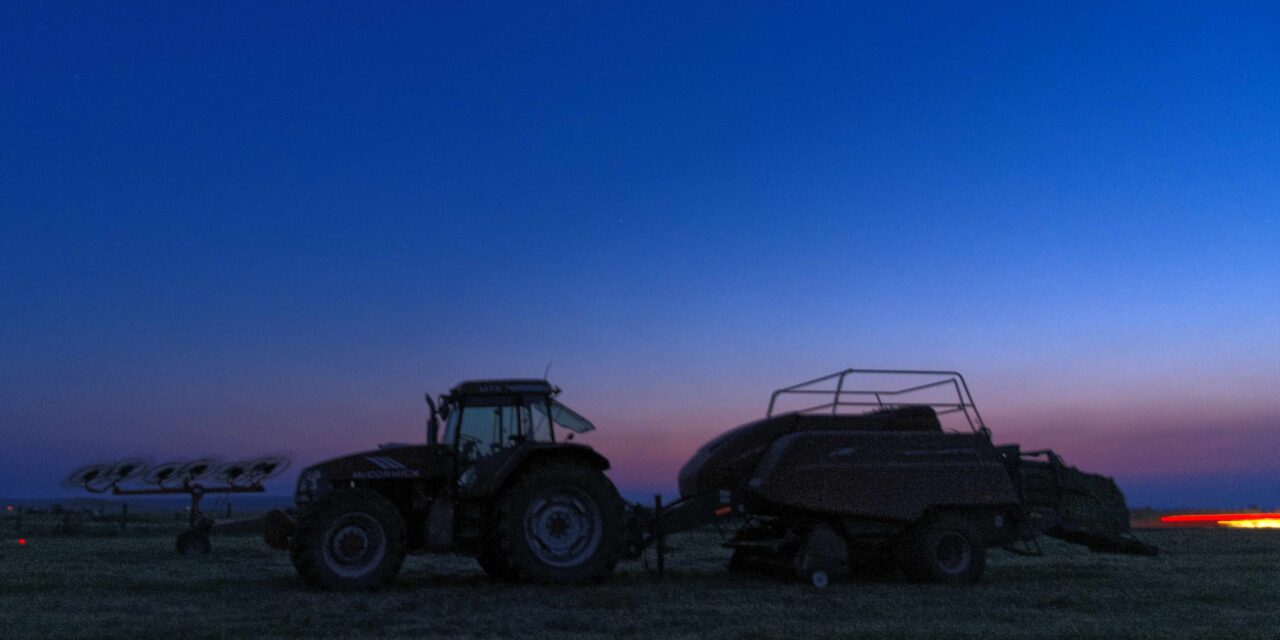






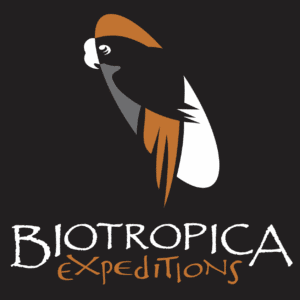

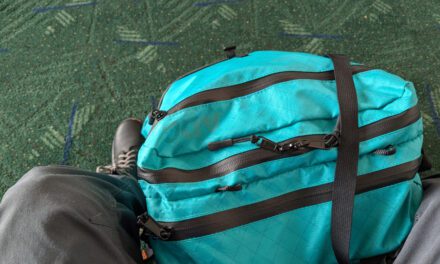
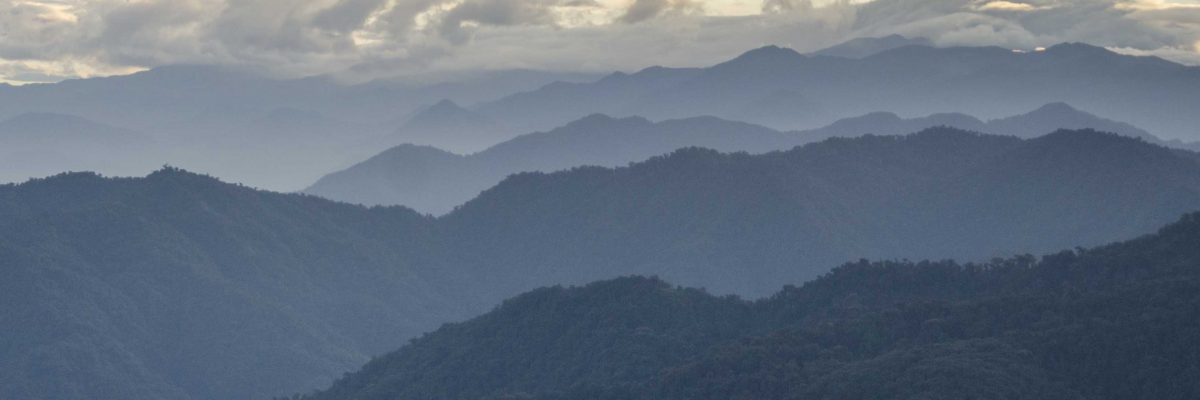
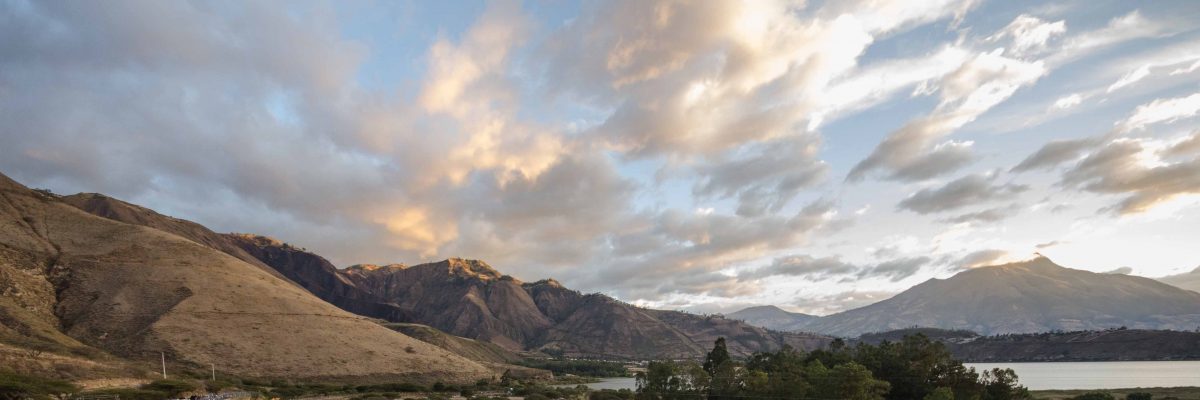
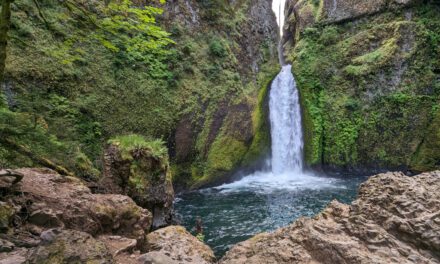








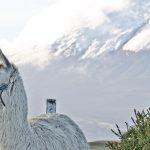


Wow, this post really brought the beauty of Malheur National Wildlife Refuge to life! I love how it not only highlights the breathtaking stargazing experience but also emphasizes the importance of preserving dark skies—such a simple yet impactful message. Anyone else feeling inspired to protect our night skies?